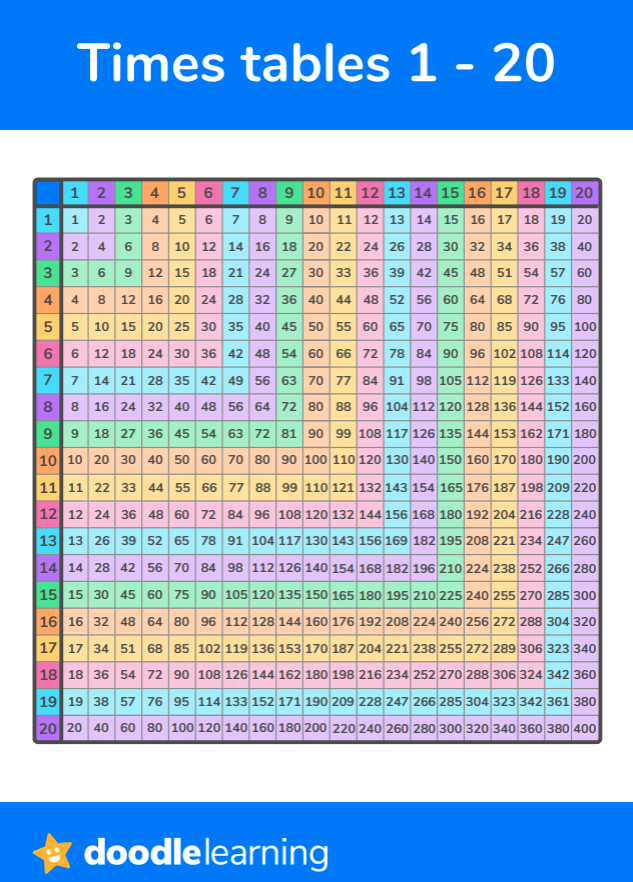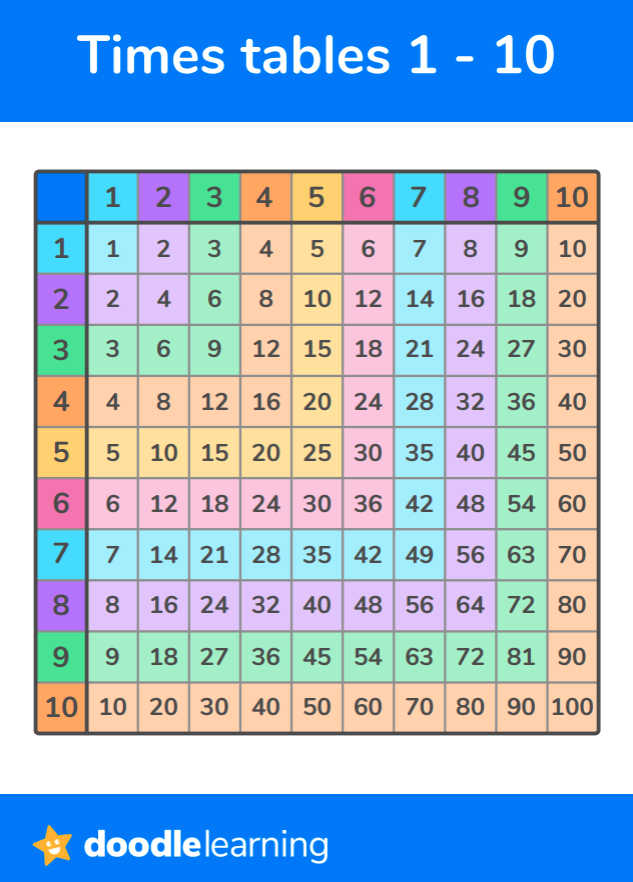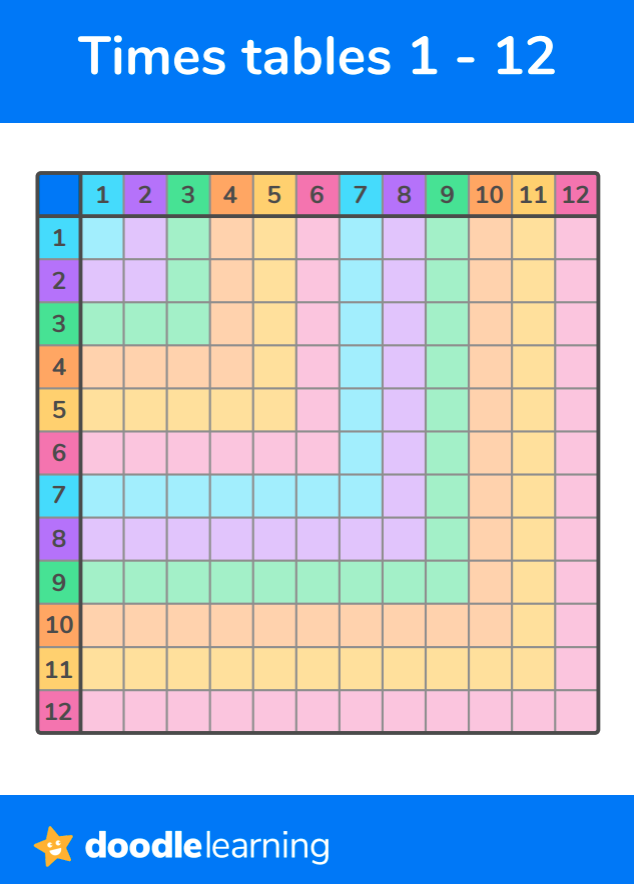

Use this guide for a straightforward approach to understanding multiplication charts, an essential tool to hone your child’s times tables skills

Author
Michelle Griczika
Published
November 8, 2023


Use this guide for a straightforward approach to understanding multiplication charts, an essential tool to hone your child’s multiplication skills.

Author
Michelle Griczika
Published
Nov 8, 2023


Use this guide for a straightforward approach to understanding multiplication charts, an essential tool to hone your child’s multiplication skills.

Author
Michelle Griczika
Published
November 8, 2023


Key takeaways
Table of contents
Is your child starting with multiplication? If so, a multiplication chart might just be their new best friend!
This friendly chart is nothing more than a grid, but it’s a grid that shows multiplication facts in a clear, easy-to-understand way.
It’s a practical tool that presents multiplication facts in a format that’s easy to follow, aiding children in their understanding and memorisation of multiplication principles.
Scroll down to find out more about multiplication charts and download our free printable multiplication charts!
Unlock unlimited maths questions
Put your learning into practice with fun exercises + games!
Get 2 FREE weeks of Doodle!
Use code 2WKS_2026 to enjoy unlimited questions and games
Get 1 FREE month of Doodle!
Use code MONTH_2026 to enjoy unlimited questions and games
A multiplication chart, often called a times table or multiplication table, is a grid that illustrates the result of multiplying pairs of numbers.
The chart is designed as a grid that displays columns of consecutive numbers across the top and rows of consecutive numbers to the left. You can find the product of two numbers (aka factors) by tracing where they intersect on the grid.
Reading a multiplication chart or timetable chart might seem overwhelming, but it’s pretty simple. Let’s break it down:
So, if you were trying to solve 7 x 8 on a multiplication chart, you would find the number 7 on the left-hand side and follow that row across to the right until you come to the eighth column. Where the two numbers meet is where you’ll see the answer – 56.
The process gets even easier with more practice. Remember, like any other skill, mastering multiplication takes time, so be patient with your child and offer plenty of encouragement as they learn.
Practising multiplication is the secret to getting better at it. That’s why we’ve got a variety of multiplication chart printables ready for you to use!
Whether your child is starting with multiplication or ready to tackle bigger challenges, a printable multiplication chart here is right for them.




Created by teachers, DoodleMaths is an app that creates each child a unique work programme tailored to their needs, boosting their skills in as little as six weeks!
Designed to be used for just a few minutes a day, it sets work at just the right level of challenge, letting every child work independently. Try it for free today!

A multiplication table for kids is a tool that displays the results of multiplying two numbers together.
It’s arranged in a grid format, visually representing the concept of multiplication, and helps kids better understand and memorise these basic maths facts.
We use multiplication charts (also known as time table charts) because it’s an excellent visual aid that simplifies the learning of multiplication.
It provides a quick reference for multiplication facts and aids in understanding the patterns and relationships between numbers. This ultimately helps children to develop their number sense and mathematical reasoning skills.
Reading a multiplication chart involves finding the values you wish to multiply along the top row and the first column, then following the row and column of these numbers until they intersect. The value at the intersection point is the product of the multiplication.
Creating a multiplication chart starts by writing the numbers 1 to 10 or 1 to 12 (depending on the chart size you want to make) across the top row and down the first column.
Then, fill in each cell in the chart by multiplying the number from its row by the number from its column. So, for example, the cell at the intersection of row 3 and column 4 would contain the number 12 since 3 times 4 equals 12. Repeat this process for all the cells in the chart!

Lesson credits

Michelle Griczika
Michelle Griczika is a seasoned educator and experienced freelance writer. Her years teaching coupled with her double certification in early childhood education lend depth to her understanding of diverse learning stages. Michelle enjoys running in her free time and undertaking home projects.

Michelle Griczika
Michelle Griczika is a seasoned educator and experienced freelance writer. Her years teaching coupled with her double certification in early childhood education lend depth to her understanding of diverse learning stages. Michelle enjoys running in her free time and undertaking home projects.
How to multiply fractions
Take your learning further by exploring how to multiply fractions
Easy ways to learn times tables
Take a look at our tips for learning the 1-12 times tables off by heart
The best order to learn times tables
We outline the best (and easiest!) order to learn the 1-12 multiplications in
Book a chat with our team
If you’d like to use Doodle’s browser version, please visit this page on a desktop.
To log in to Doodle on this device, you can do so through our apps. You can find out how to download them here: